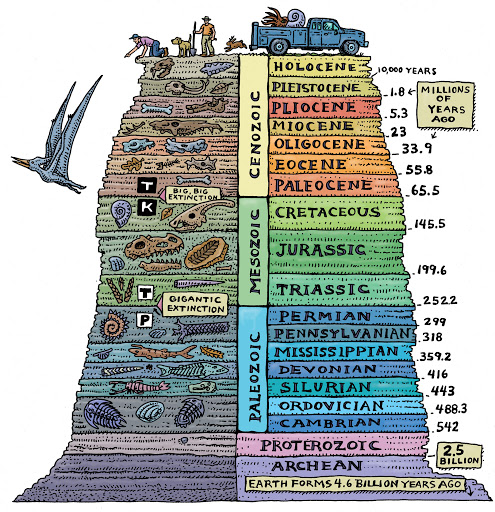By posting this, I hope to explain my working hypothesis for all kinds of space-related anomalies and craft a cohesive model for our perceived reality. This hypothesis could be considered a bridge between generic space fakery theory and Flat Earth theory. I do not believe that the Earth is flat…but if you are a Flat Earther, I encourage you to read on.
Continue reading “Holographic Cosmos, Local Simulation: A Bridge Hypothesis”Category: Velikovsky
A post whereby I explain everything
Mike Baillie is a Professor of Palaeoecology at Queen’s University of Belfast, in Northern Ireland. Born in 1944, he is now 76 and, I imagine, retired. He wrote the 2006 book New Light on the Black Death, in which he claims that this event in 1348 forward was the result of a comet. He makes a convincing case, and below is a summary of the evidence he brings:
- There was a global tree-ring downturn followed by a universal recovery
- There were references to things falling from the sky
- There were references to a corrupted atmosphere
- There was an actual comet Negra in 1347
- There was a change in the frequency of long-period comet observations
- There was a major earthquake on 25 January 1348
- There was a sub-peak into tsunami occurrence
- There was an increase in CO2 suggestive of ocean turnover
- There was ammonia in the atmosphere across 1348
- There was a pestilence interpreted by modern historians as pneumonic, i.e. mostly airborne
- There is now a serious suggestion that biogenic organisms can enter the Earth’s atmosphere from space.
I am not going to do much with all of this other than to suggest that the rats/fleas and Bubonic Plague regime still rules, and as explained by Thomas Kuhn in The Structure of Scientific Revolutions (1962), adoption of a new idea that does not fit under that paradigm will not happen any time soon. Rats and fleas rule, but change will come as the old guard dies off.
2001: The Moon is the Monolith

A commenter recently raised the topic of the moon, and this is such a juicy topic for a site like ours. I provided my theory then, that our moon was originally one of the moons of Jupiter, placed here with Earth…and I wanted to more formally expand upon that here. Keep in mind, I say “theory” in the strictly scientific sense. This is just an idea, and I welcome feedback (one commenter already very helpful in that regard). Keep reading, and see if you think I might be onto something.
Speciation: The Achilles Heel of Darwin’s Natural Selection

Those who have followed this blog recently might know of my interest in the fossil history of the Earth. It should not be surprising, then, that I also have a deep interest in Biology as a subject. As a card-carrying science geek for most of my life, my particular area of interest was always Biology. Of all the geeks in AP Biology, I was geekiest among them. My AP Biology teacher once told my mother that if she had a daughter, she would want her to marry me. This should tell you a thing or two about the impression I made.
Anyway, just like any student of the time, we were taught about Darwin and Natural Selection. Also known as “survival of the fittest”, the concept of Natural Selection does a lot to explain the behavior of species in real life. It is especially good at explaining how species adapt to a particular niche, and how certain traits are favored over time if they lead to some kind of survival advantage. However, once a species is adapted to its niche, we no longer see changes. There have been species in the oceans which are virtually unchanged for the past 500 million years, even if improvements could still be made (the Horseshoe crab, for instance). Indeed, these unchanged species are not perfect, but they are perfect for their particular niche. If Natural Selection were constantly driving new species (speciation), then these unchanging species are a big problem for it being the main driver for speciation events.
Continue reading “Speciation: The Achilles Heel of Darwin’s Natural Selection”
